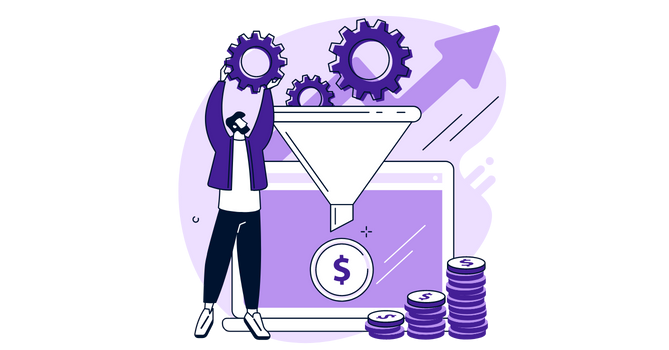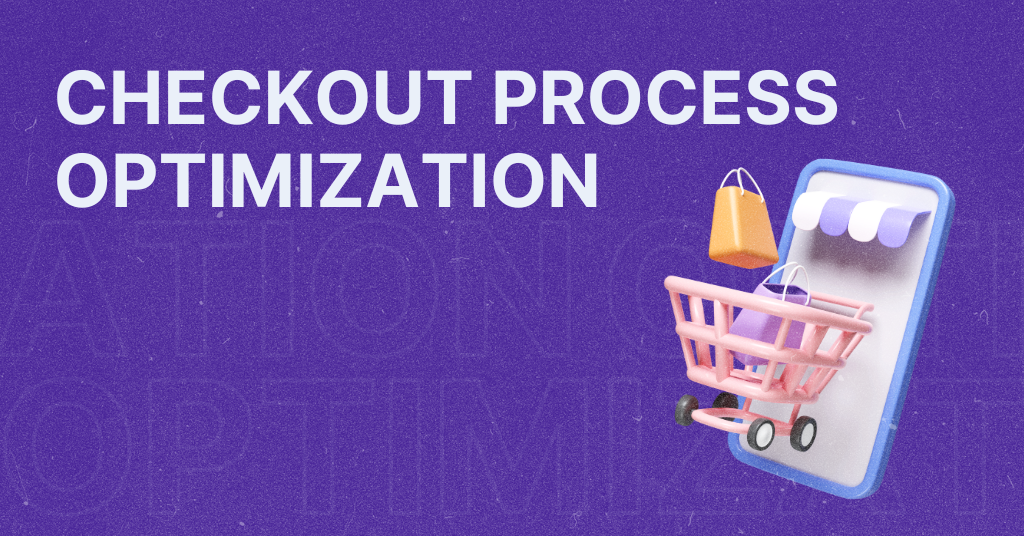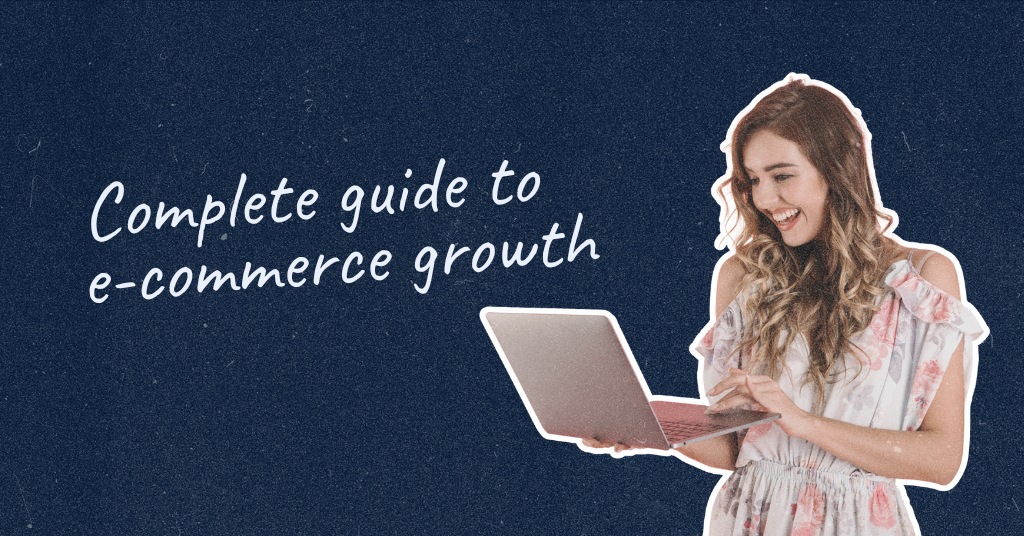
3 quick hacks how to increase conversion rate in e-commerce
It’s not about getting as much internet traffic as you can – it is vital to get traffic from the right people. Ten converting visitors are much better option than one thousand visitors who immediately leave the page. That is why you need to know how to increase conversion rate in e-commerce.
The real value and selling potential of your e-commerce website lay in how many people end up taking the desired action. Action can be betting your visitors to sign up for a newsletter, purchase a product, book a service, etc.
There are many ways to boos your conversions and increase sales, but it won’t happen without your initiative. In this article, you will find out hacks for quick e-commerce conversion optimization you can implement on your platform today, so make sure to keep reading.
What’s a typical conversion rate for online retailers?
In 2022, the conversion rate is still one of the essential metrics for measuring the real success of your business. Simply put, the conversion rate shows us the actual percentage of people who not only visit your company’s web page but also get a conversion, directly contributing to your revenue.
Conversion rates are calculated by simply taking the number of conversions and dividing that by the number of total interactions during the same period. For example, if you had 10 conversions from 1,000 interactions, your conversion rate would be: 10 ÷ 1,000 = 1%.
The global average conversion rate for e-commerce websites is around 4.31%, and that of the U.S. is close to 2.63%.
How to identify conversion problems on a webpage?
You can simply do the math and calculate your conversion rate. Anything outside the usual benchmark (between 2% and 4%) can be considered a success or failure.
There are three main factors to consider when identifying conversion issues: website targeted factor, visitor-centered factor, and complexity of the sale.
The categories within the factors focused on the website are:
- Trust factors – if visitors do not trust you, they will not engage with you.
- Pain points – if you do not identify and minimize fears, uncertainties, and doubts that prevent website visitors from doing business with you, they will not buy from you.
Visitor-centered factors relate to your visitors and the nature of their purchase. You have less control over these factors, however, you need to consider and prepare for them. The questions under visitor-focused factors you need to ask yourself are:
- What is your visitor personality, and how do you deal with different types of visitor temperament?
- How do you design your website to suit each of the different stages of buying visitors?
A third factor is the complexity of the sale. Selling an item that costs $10 is much different from selling an item that costs $2,000. People will buy something for ten bucks impulsively, but they are more cautious with a much higher price. Visitors will want to look at the social proof of the quality of the product or service, and they generally want to read about it much more, so you need a more extended copy that targets visitor questions and answers them.
Which tools to use for conversion rate optimization?
There are at least 50 tools for conversion rate optimization (CRO) you can use. However, maybe most important is a heat map. Heat map is a visitor behavior analysis tool that helps you understand how visitors interact with pages of your website. By monitoring their behavior, you can determine if they are reaching (or failing to reach) important content and pinpoints problems that cause visitors to leave the page without doing anything.
We recommend one of the best heat map tools – Hotjar, a powerful dedicated heatmap software tool that will undoubtedly help you get more insights about why your prospects are not converting.
What are the best ways of doing conversion optimization?
We will not focus on some of the basic suggestions you already know. For example, “your landing page needs to have a call to action”, “you shouldn’t have too much content that can overwhelm your customers”, or “your website needs to load quickly on all devices.”
Once you’re sure you have the right foundation for CRO, it’s time to do some magic and implement these three quick hacks.
Keyword-based personalized content
You need to truly understand users’ intent to enter specific keywords into a search engine, and here is why.
Imagine having an e-commerce website that sells holiday packages. Suppose someone searches Google for “luxury hotels for family” and visits your website. In that case, you know that this client is a “premium” client who is probably traveling with his family, has an interest in a tropical vacation, and doesn’t care much about the cost of that trip. All content on your landing page should be personalized based on these attributes.
Of course, you can’t do that for the thousands of keywords that bring customers to your site, but you can start making “personas” based on your most popular search queries and make sure your website experience communicates directly with that person.
Meeting the initial expectations from users
When optimizing your conversion rate, it’s essential to consider the expectations of internet users when you bring them to your site, whether it’s through Google advertising, organic site optimization, or social networking. Put yourself in your customer’s shoes. Does the page he came across meet his expectations? Does it respond to its possible doubts through the content itself?
Imagine that a user will give you less than 5 seconds (in most cases, they will give you even less) to decide whether to stay on your site or move on. Are 5 seconds enough for him to realize that he has come to the right place?
Your website may have the best products at the most competitive prices, but if your site says something unrelated or does not present well the services or products you offer, your potential customers will leave because you didn’t meet their initial expectations.
Delay asking customer for information
If you force visitors to give much information too soon, chances are they will leave. Sending an order requires some information, but do not ask them before checkout.
Also, do not ask for more information than necessary. Remember: customers themselves will be willing to share additional information with you if their shopping experience has been good. But suppose you request information from potential buyers too early. In that case, you will make the purchase process much more complex and add unnecessary additional steps to making a purchase.
One of the most significant factors in leaving a site without conversion is requiring users to register to purchase your products or services. The checkout process should be shorter than 5 seconds, and forcing prospects to sweat themselves to buy from you will demotivate them from purchasing.
Wrapping it up choosing an e-commerce niche
Conversion optimization requires expertise in performing technical things, but knowing the psychology of your customers and the motivation behind their purchase is a key factor in increasing conversions and sales.
If you need help from experts, book a completely FREE 30 minutes session and find out how we can help your e-commerce website convert 3 times more!
Let’s book a 30-min mobile strategy session and give your shop a boost.
Let’s book a 30-min mobile strategy session and give your shop a boost.


